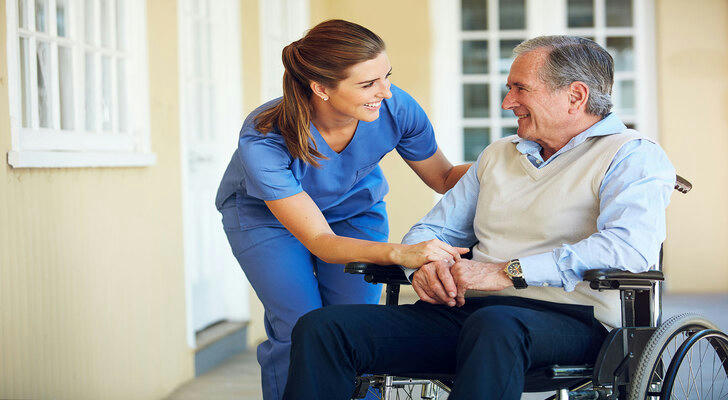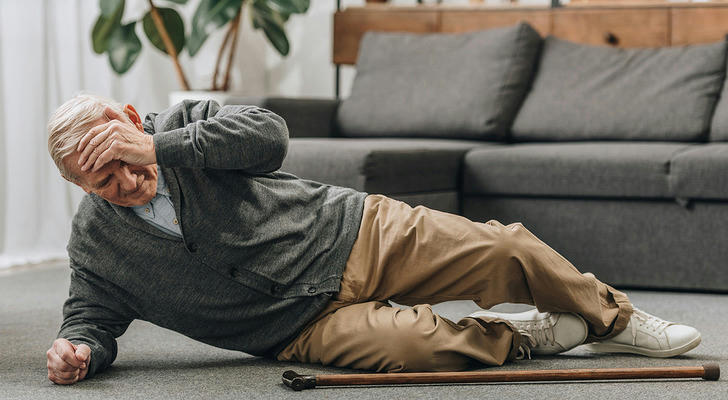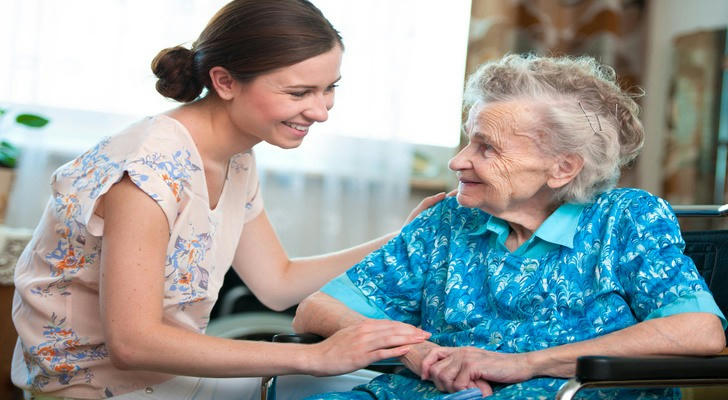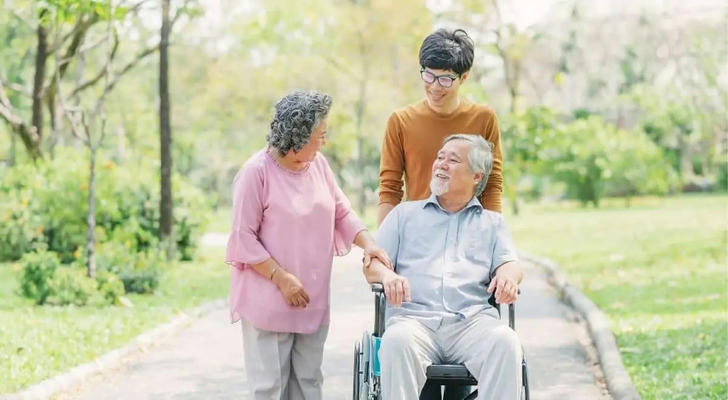Elderly Home First Aid: Stroke, Falls Prevention, and Emergency Handling

As people age, they are at an increased risk of certain health emergencies, such as stroke and falls. These events can seriously affect their quality of life. However, many of these risks are manageable or even preventable with the right knowledge and preparation. Knowing how to prevent and deal with such emergencies at home can have a huge impact on the health and well-being of older people. This article will explore some practical tips for preventing strokes and falls, as well as how to respond to emergencies.
1: Stroke Prevention: Recognizing the Risk Factors.
Strokes are one of the leading causes of long-term disability in older adults. According to the Centers for Disease Control and Prevention (CDC), nearly 800,000 people in the U.S. have a stroke every year, and a significant number of these strokes occur in individuals aged 65 and above. The good news is that strokes can often be prevented by understanding the risk factors and making simple lifestyle changes.
Key Stroke Risk Factors:
• High Blood Pressure: Uncontrolled hypertension is the leading cause of strokes. Monitoring blood pressure regularly can help detect any issues early.
• Heart Disease: Conditions such as atrial fibrillation increase the risk of stroke.
• Diabetes: Having high blood sugar levels over time damages blood vessels, which can increase the likelihood of stroke.
• Smoking and Excessive Alcohol Consumption: These habits contribute to plaque buildup in arteries, which may lead to blockages and strokes.
Stroke Prevention Tips:
• Regular Exercise: A consistent physical activity routine strengthens the heart and circulatory system, reducing the risk of stroke.
• Healthy Diet: Eating a balanced diet low in sodium and rich in fruits, vegetables, and whole grains can help control blood pressure and cholesterol levels.
• Regular Check-ups: Monitoring blood pressure, cholesterol levels, and blood sugar helps identify and manage health conditions early.
• Quit Smoking and Limit Alcohol: Cutting back on smoking and alcohol helps maintain healthy arteries and lowers stroke risk.
By addressing these risk factors, elderly individuals can significantly reduce their chances of experiencing a stroke.

2: Fall Prevention: Creating a Safe Home Environment.
Falls are another major concern for older adults. In fact, one in four older adults falls each year, according to the National Council on Aging. These falls often result in serious injuries like hip fractures or head trauma, leading to hospitalization or long-term disabilities. Fortunately, most falls are preventable with the right precautions and home modifications.
Common Causes of Falls:
• Environmental Hazards: Slippery floors, clutter, poor lighting, and loose rugs contribute to the majority of falls in the home.
• Physical Weakness: Aging leads to muscle loss, decreased coordination, and balance issues, all of which increase the risk of falling.
• Vision Problems: Poor eyesight can make it difficult to see hazards, especially in dimly lit rooms or hallways.
Fall Prevention Tips:
• Remove Hazards: Ensure that there are no loose rugs, cords, or obstacles that could cause tripping. Keep floors dry and free from clutter.
• Install Handrails and Grab Bars: In high-risk areas like bathrooms and stairways, add sturdy handrails and grab bars to offer extra support.
• Improve Lighting: Use bright, energy-efficient bulbs in hallways, bathrooms, and staircases. Consider motion-sensor lights for added convenience.
• Exercise for Strength and Balance: Activities like walking, Tai Chi, or strength training improve muscle tone and balance, helping prevent falls.
• Regular Eye Exams: Ensure that glasses prescriptions are up-to-date to help improve vision and reduce the risk of falling.

3: What to Do in an Emergency: Stroke and Fall Response.
Despite preventive measures, accidents may still occur. Knowing how to respond in a stroke or fall emergency can save lives. Let's look at how to handle each situation.
How to Respond to a Stroke:
Recognizing the signs of a stroke early can make a significant difference in the outcome. The FAST method is a simple and effective way to remember the symptoms:
• F - Face: Ask the person to smile. If one side of the face droops, it could be a sign of a stroke.
• A - Arms: Have the person raise both arms. If one arm drifts downwards, it could indicate weakness.
• S - Speech: Ask the person to repeat a simple sentence. If their speech is slurred or strange, they may be having a stroke.
• T - Time: If any of these signs are present, call emergency services immediately. The sooner medical treatment is administered, the better the chances of recovery.
How to Respond to a Fall:
If an elderly person falls, it’s important not to panic. Here's how to properly handle a fall:
Check for Injuries: Before moving the person, check for visible injuries like cuts, bruises, or fractures. If there’s any sign of head trauma or severe pain, avoid moving them and wait for medical help.
Help Them Stay Calm: Encourage the individual to stay still and take slow, deep breaths. Panic can make the situation worse.
Assist with Standing: If the person isn’t seriously injured, and with your help, they may be able to get back up. Have them roll onto their side, then slowly rise using a sturdy chair or table for support.
Call for Help: If the person is unable to get up, call for medical assistance immediately.

4: Creating a Plan for Emergency Situations.
Every elderly household should have a plan in place for emergencies. Here are some things to consider:
• Emergency Contact List: Make sure that family members, caregivers, or neighbors are listed, so they can be reached quickly in case of an emergency.
• First Aid Kit: Keep a well-stocked first aid kit in the home. It should include bandages, antiseptic, gloves, a thermometer, and any medications the elderly person may need.
• Medical Alert System: Consider investing in a medical alert system. These devices allow the individual to quickly call for help in the event of a fall or stroke.
• Education: Educate the elderly person and their caregivers about basic first aid procedures. Being prepared can help reduce panic in emergencies.
Conclusion: Prevention and Preparedness Are Key.
As the elderly population continues to grow, stroke and fall prevention should be a priority for families and caregivers. By understanding the risks and implementing preventive measures, it's possible to reduce the likelihood of these incidents. Additionally, knowing how to respond quickly and effectively when they do occur can make all the difference in an emergency. Ultimately, prevention and preparedness are the best ways to ensure a safer and healthier life for the elderly at home.
